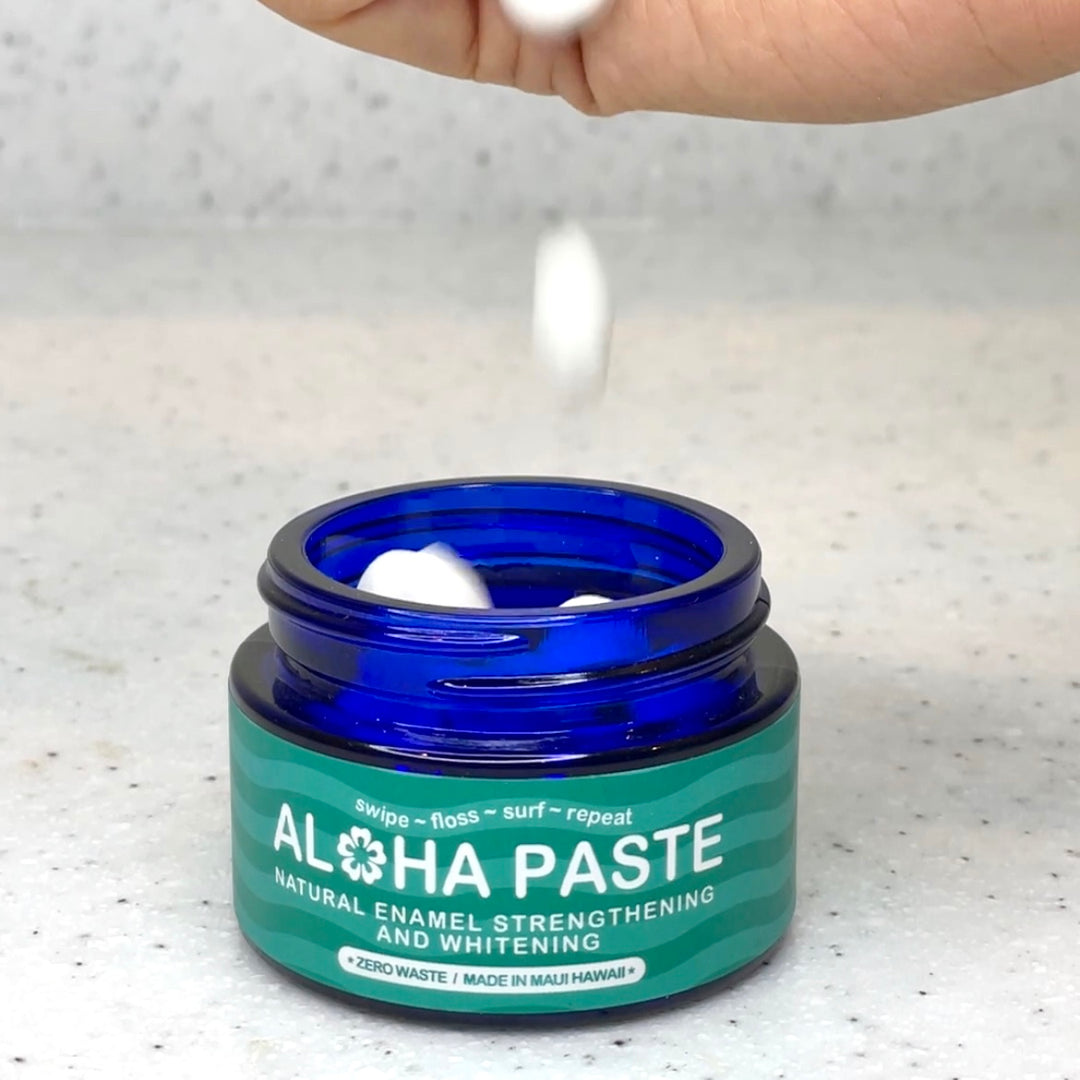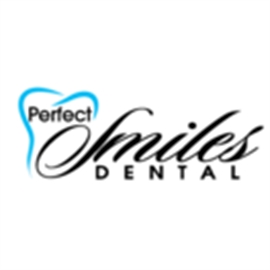Is Toothpaste Alkaline

The question of whether toothpaste is alkaline is an interesting one, as it delves into the chemistry of oral care products. To address this, let’s first understand what alkaline means. Alkalinity is a measure of the ability of a solution to neutralize acids, with higher pH values indicating higher alkalinity. The pH scale ranges from 0 to 14, with 7 being neutral, below 7 being acidic, and above 7 being alkaline.
Toothpaste, as a consumer product, is designed to clean teeth, prevent decay, and freshen breath. Its formulation can vary widely depending on the brand and type, but most toothpastes contain a combination of ingredients such as abrasives, detergents, foaming agents, flavorings, and active ingredients like fluoride. The active ingredients are crucial for toothpaste’s ability to prevent tooth decay and strengthen tooth enamel.
Now, focusing on the pH level of toothpaste: most toothpastes have a slightly alkaline to neutral pH, usually around 7 to 8. However, some toothpastes, especially those designed for specific oral health needs, might have slightly different pH levels. For instance, whitening toothpastes might be more acidic to help break down stains, while desensitizing toothpastes could be closer to neutral or slightly alkaline to be gentler on sensitive teeth and gums.
The alkalinity of toothpaste is not merely a matter of its pH level but also how it interacts with the oral environment. When you brush your teeth, the toothpaste comes into contact with plaque, bacteria, food particles, and your saliva, all of which can affect its pH. Moreover, the mouth naturally has an acidic environment due to the presence of bacteria that produce acid as a byproduct of their metabolism. This acidity can lead to tooth decay if not properly managed through oral hygiene practices.
Toothpaste’s role, then, is not just to clean but also to help neutralize or combat this acidity. The fluoride in toothpaste helps to strengthen tooth enamel and make teeth more resistant to acid attacks from plaque bacteria and sugars in the mouth. In a sense, while toothpaste itself might be slightly alkaline, its effect in the oral environment is to promote a healthier balance against acidity.
It’s worth noting that while the pH of toothpaste is an important factor, it’s just one of many considerations in selecting an effective and safe oral care product. The American Dental Association (ADA) evaluates toothpastes based on their safety and effectiveness, and products that carry the ADA Seal of Acceptance have been found to meet certain standards for safety and efficacy.
In the broader context of oral health, the concept of alkalinity versus acidity is more nuanced than just the pH of toothpaste. A diet high in acidic foods and drinks, for example, can contribute to erosion of tooth enamel, regardless of the pH of the toothpaste used. Thus, maintaining good oral hygiene, including regular brushing with fluoride toothpaste and limiting consumption of acidic substances, is crucial for overall dental health.
To delve deeper into how toothpaste interacts with the oral environment, let’s examine the chemical composition of toothpaste. Most toothpastes contain a mixture of water, abrasives, detergents, and fluoride. The abrasives, such as silica or calcium carbonate, help remove plaque and stains from teeth, while detergents create a rich lather that helps to distribute the toothpaste evenly during brushing. Fluoride, as mentioned, is key to strengthening tooth enamel and preventing decay.
The impact of toothpaste’s pH on oral health can be significant. A toothpaste that is too acidic could potentially contribute to enamel erosion, especially if used in conjunction with an already acidic diet. On the other hand, a toothpaste that is too alkaline might not effectively counteract the natural acidity of the oral environment, potentially leaving teeth more susceptible to decay.
In conclusion, while the question of whether toothpaste is alkaline might seem straightforward, it opens up a broader discussion about the chemistry of oral care and the importance of pH balance in maintaining healthy teeth and gums. By understanding how toothpaste works and making informed choices about our oral care routines, we can better protect our teeth and overall health.
What is the typical pH range of toothpaste?
+The typical pH range of toothpaste is slightly alkaline to neutral, usually around 7 to 8.
How does the pH of toothpaste affect oral health?
+The pH of toothpaste can affect oral health by either contributing to or combating the natural acidity of the oral environment. Toothpaste with appropriate pH levels helps to strengthen tooth enamel and neutralize acids produced by bacteria.
What factors should be considered when selecting a toothpaste?
+When selecting a toothpaste, consider your individual oral health needs, such as sensitivity, decay prevention, or whitening. Also, look for the ADA Seal of Acceptance, which indicates that the product has met standards for safety and effectiveness.


